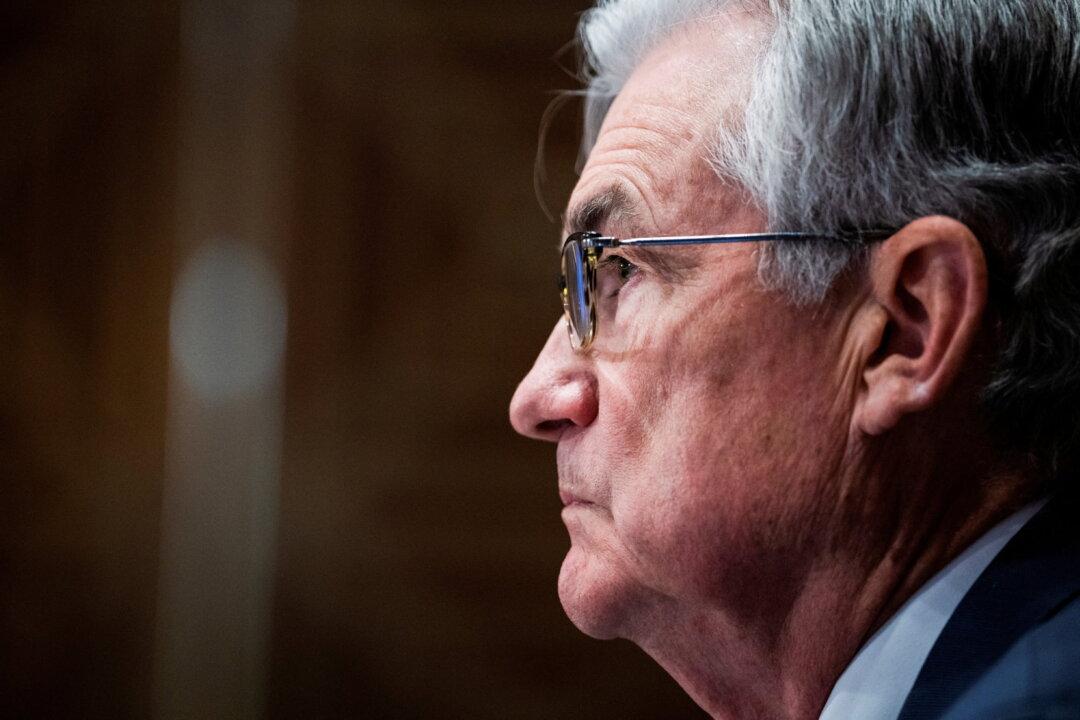The U.S. dollar is expected to retain much of its recent gains for at least the next six months according to a recent Reuters poll of foreign exchange strategists, which also predicted the currency weakening in a year.
The dollar index has risen by more than 14 percent since the beginning of 2021, with about half of those gains coming in 2022. Most of the strategists polled by Reuters have for years maintained the view that the dollar would weaken. Expectations that the Federal Reserve would resort to the most aggressive monetary tightening in decades have pushed U.S. Treasury yields to their highest level in three years, which contributed to the strengthening of the dollar.





